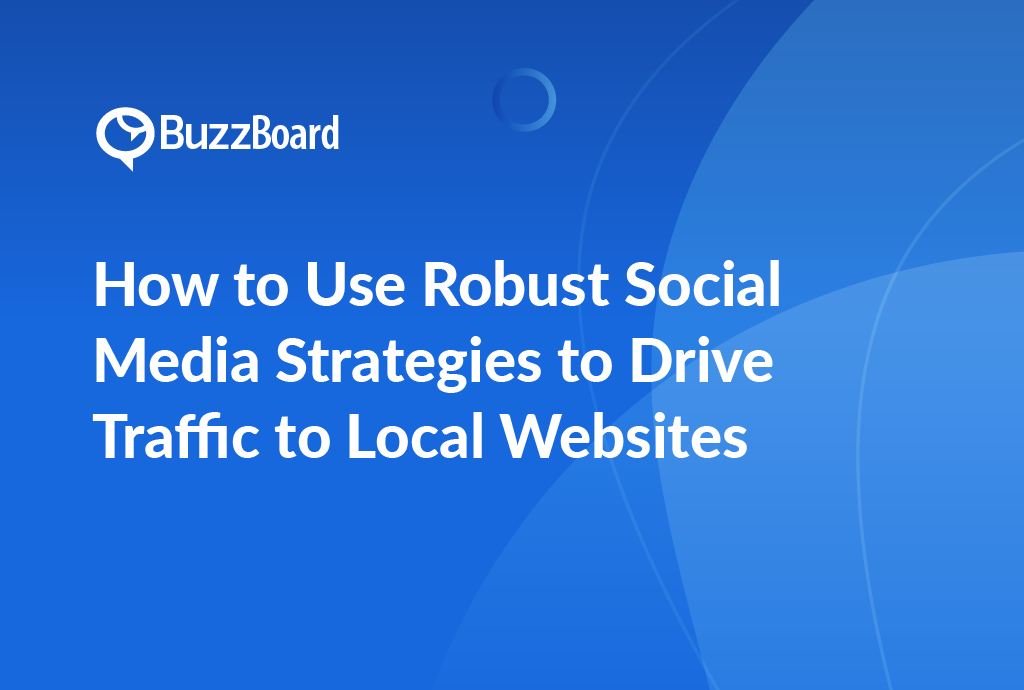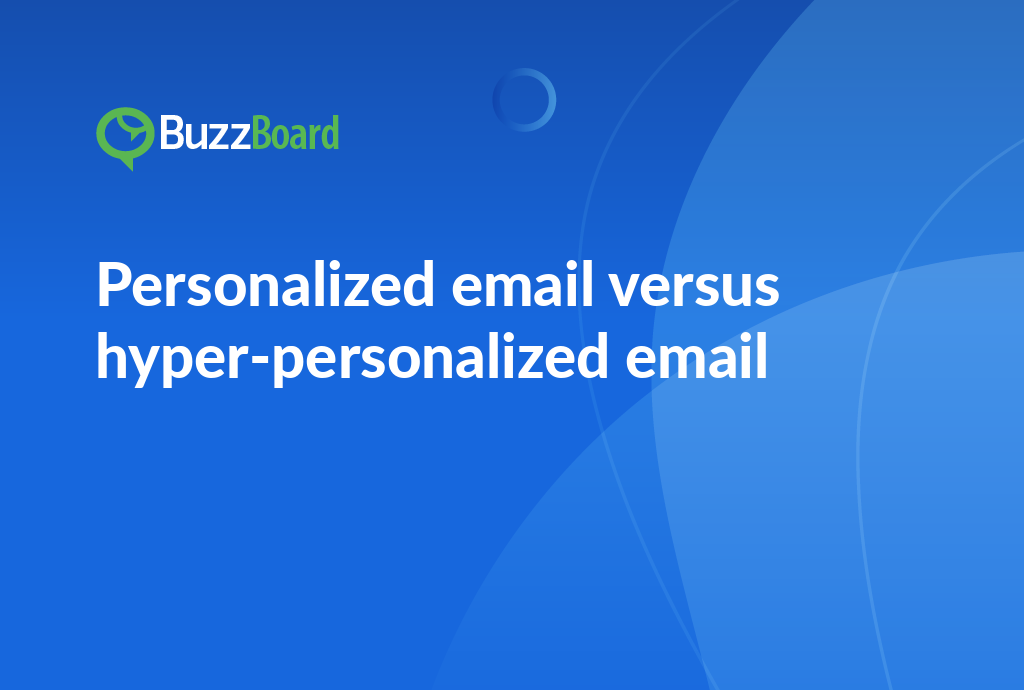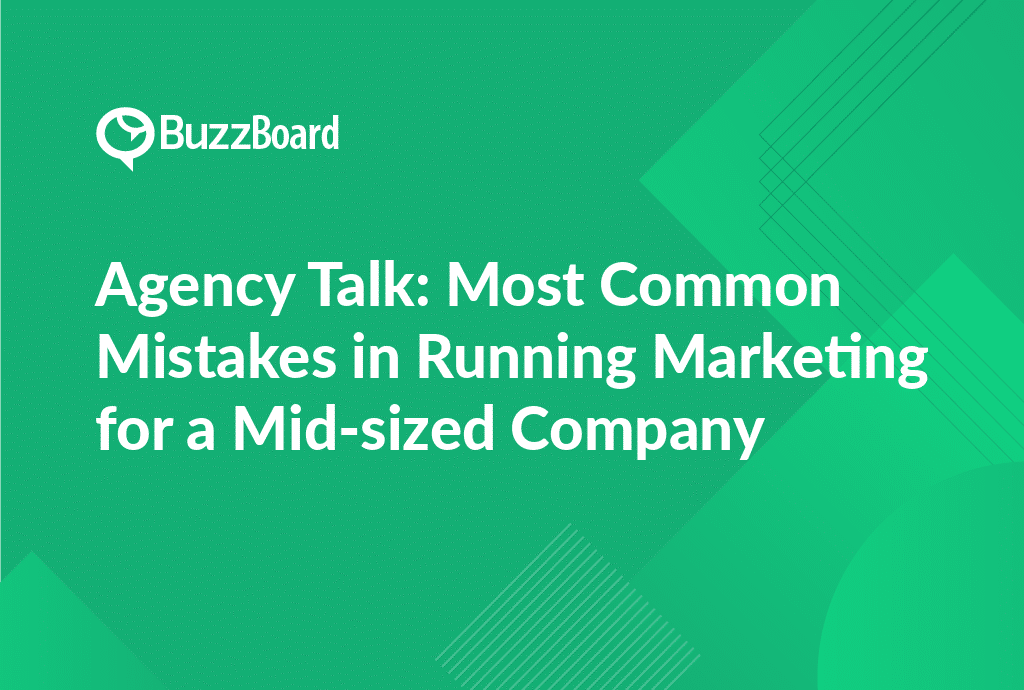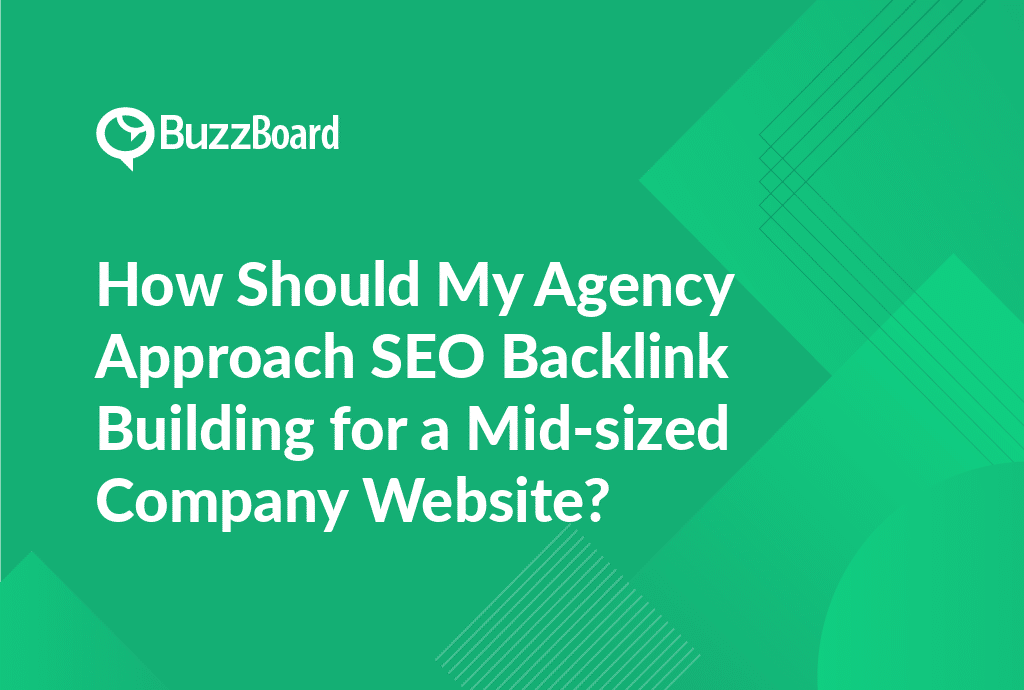Understanding the Importance of Driving Traffic from Social Media to Local Websites for Mid-Sized Companies
In the ever-evolving realm of digital marketing, it has become paramount to comprehend the significance of driving traffic from social media to local websites, especially for mid-sized businesses. No matter the industry, companies are recognizing the potential of social media as a potent marketing instrument.
The primary reason is that social media platforms provide ample opportunities for growth and engagement. According to Hootsuite, more than 3.6 billion people globally use social media, a figure projected to hit 4.41 billion by 2025. Given this vast user base, integrating social media marketing into your overall strategy can prove highly beneficial.
A successful social media marketing strategy allows mid-sized businesses to heighten brand awareness, improve their online reputation, and gain insights into their target audience. Crucially, these tactics can drive significant social media traffic to local websites. However, the goal isn’t just to boost website traffic—it’s to attract pertinent traffic that can lead to conversions.
Generating high-quality, engaging content is a viable method to drive social media traffic. From frequent posts and competitions to collaborations with influencers, numerous techniques can be used to leverage social media to draw consumers to your local website. By doing this, you build a bridge connecting your online presence to your real-world offerings—a bridge prospective customers are eager to cross.
Remember, for social media marketing to be truly effective, it shouldn’t operate in isolation. Rather, it should be a vital component of broader digital marketing plans, aimed at constant audience engagement.
Why Social Media Is a Powerful Tool in Directing Traffic to Your Local Website
In today’s digital era, social media has become a potent tool for driving traffic to local websites, especially for small to mid-sized businesses marketing their services. Leveraging the far-reaching impact and influence of social media platforms can be a game-changer for local enterprises aiming to make a significant impact online.
Consider this—social media boasts an unrivaled reach with billions of users globally. For businesses focused on local markets, social media offers a vast platform to directly connect and engage with potential customers. Therefore, social media marketing holds massive potential to amplify your social media traffic and boost your online visibility.
Platforms like Facebook, Twitter, Instagram, and LinkedIn are gold mines for businesses to target and interact with their customer base. They enable businesses to design personalized marketing messages, fostering direct website traffic. These platforms allow businesses to tap into geographic locations, interests, habits, and even the friend networks of targeted consumers.
In summation, social media channels can substantially contribute to website traffic, enhancing local engagement and revenue. The secret lies in crafting thoughtful, tailored social media marketing strategies that resonate with your audience and propel them to explore your local website.
Remember, digital marketing isn’t solely about broadcasting your message but about ensuring it’s heard and acted upon. With the power of social media, let’s make every click count.
The Strategies Mid-Sized Companies Can Employ to Use Social Media for Increasing Their Website Traffic
Marrying social media marketing with local website traffic can elevate mid-sized businesses to new heights of online visibility. But what’s the best way to utilize social media to boost website traffic?
Ensure your content is top-notch. Quality content is the backbone of any successful social media marketing strategy. Mid-sized businesses should create engaging and pertinent content suited to the interests of their target audience, which can result in boosted social media traffic. Sharing informative blog posts, behind-the-scenes photos, and positive customer testimonials can be effective.
Consistent interaction with your social media audience is another powerful tool. Liking, commenting on, and sharing follower posts not only enhances the visibility of your brand but also nurtures a stronger relationship with potential customers. Investing in social media ads can also drive a significant amount of traffic towards your local website.
According to research, 36% of consumers visited a brand’s website after seeing its advertisement on social media. To fully harness the power of social media marketing, mid-sized businesses should monitor and analyze their performance by tracking metrics such as likes, shares, and conversion rates, which will help in refining their strategies for improved results.
Exploring the Effectiveness of Different Social Media Platforms in Boosting Traffic for a Local Website
Exploring the efficacy of various social media platforms in driving traffic to local websites can be transformative for digital marketing agencies aiming to target small and mid-sized companies. It’s clear that social media marketing has become a potent tool for local businesses to expand their online presence and increase traffic.
Facebook, with its immense user base, presents considerable potential in reaching prospective customers. LinkedIn, more professionally oriented, allows for targeted outreach to potential B2B clients. Instagram and Twitter serve as essential platforms for enhancing brand awareness and engagement, thanks to their visually striking interfaces and bite-sized, shareable content.
Yet, how effective are these platforms in witnessing a significant surge in social media traffic to your client’s websites? Studies reveal that Facebook drives 23.39% of social referrals, second only to Google. This confirms its position as a cornerstone in the social media marketing strategies of any local business. The efficacy of Instagram, LinkedIn, and Twitter shouldn’t be dismissed—each platform possesses unique strengths that, when utilized correctly, can significantly contribute to driving traffic.
Implementing a well-defined strategy, punctuated by dedicated execution and regular metric analysis, can unlock untapped potential in social media marketing for small and mid-sized companies. It’s vitally important to choose the platform that aligns with the client’s business model and target audience, ensuring maximum yield.
How to Measure the Success of Your Social Media Marketing Efforts in Relation to Your Local Website
The advent of social media marketing has revolutionized the way mid-sized companies reach their target audience. To accurately gauge the impact of your social media efforts on your local website, it’s vital to examine two crucial metrics: social media traffic and audience engagement.
Social media traffic is the number of people who visit your local website via your business’s social media platforms. Monitoring this enables sales representatives to understand the effectiveness of their social media marketing strategies. Tools like Google Analytics can track this traffic, providing insights into what posts have garnered the most clicks or spiked users’ interest to land on your website.
Alongside traffic, audience engagement is a key element. Engagement reflects how potential customers interact with your social media posts. This means looking beyond likes and shares, focusing on comments, mentions, and direct messages. The goal is to encourage a conversation about your brand, as high engagement equals a larger conversation.
Digital marketing agencies also need to consider conversion rates. Once you’ve driven social media traffic to your local website, how many have become customers or leads? Evaluating the connection between web visits and conversions can reveal if your strategies are generating valuable leads.
Lastly, the power of UTM parameters shouldn’t be overlooked. Using these, sales reps can track the effectiveness of their social media campaigns, understanding which posts or platforms yield the most traffic and, ultimately, the most conversions.
In conclusion, understanding social media’s impact on your local website comes down to tracking social media traffic, audience engagement, and conversion rates. Happy tracking!








